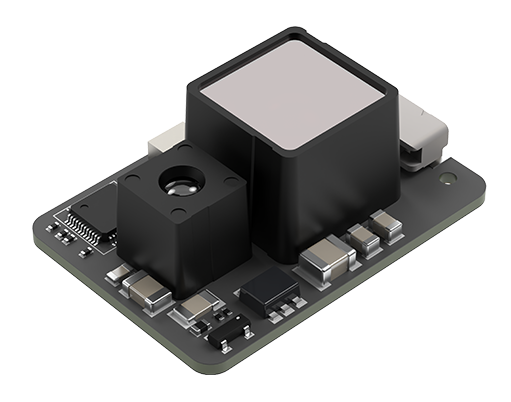Short Distance Series Product Model
Long Distance Series Product Model
Kilometer-level
Long Distance Series Product Model

2025-04-15
Our commitment to quality and innovation ensures that our sensors provide accurate and reliable data for industries ranging from construction to environmental monitoring. However, like any sophisticated technology, LiDAR level sensors can encounter issues from time to time. This article outlines some common problems and how to troubleshoot them effectively, ensuring optimal performance of our dToF sensor products.
Identifying Measurement Inaccuracies
One of the most frequent issues experienced with LiDAR level sensors is measurement inaccuracies. These discrepancies can arise from several factors, including calibration errors, environmental conditions, or obstructions in the sensor's field of view.
To troubleshoot this, first ensure that the dToF sensor is properly calibrated according to the manufacturer's specifications. Calibration should ideally be performed in a controlled environment to minimize external influences. If inaccuracies persist, check for any environmental factors such as dust, fog, or rain that may interfere with the sensor’s laser signals. Additionally, verify that there are no physical obstructions—such as machinery or vegetation—in the path of the laser. By addressing these factors, the accuracy of the dToF sensor readings can typically be restored.
Dealing with Erratic Sensor Readings
Occasionally, users may notice erratic or fluctuating readings from their LiDAR level sensors. This can be particularly concerning during critical operations where reliable data is essential. Several reasons may contribute to this problem, including electromagnetic interference or power supply issues.
To resolve erratic readings, start by inspecting the dToF sensor’s power supply. Ensure that it is stable and within the recommended voltage range. A poor connection or inadequate power supply can lead to inconsistent performance. Next, consider the surrounding environment; strong electromagnetic fields from nearby equipment can disrupt sensor readings. If possible, relocate the sensor away from potential sources of interference. Implementing these solutions often stabilizes the sensor output.
Resolving Connectivity Issues
For networked applications, connectivity problems can hinder the operation of LiDAR level sensors. Users may face challenges such as inability to communicate with the dToF sensor or slow data transmission rates. These issues can stem from software settings, outdated firmware, or network configurations.
To troubleshoot connectivity issues, first check the communication settings between the dToF sensor and the receiving system. Ensure that the correct protocols are being used and that there are no IP address conflicts. Updating the sensor’s firmware to the latest version can also resolve compatibility issues that may arise over time. Finally, verify the network stability and bandwidth to ensure seamless data transmission. These steps will help maintain a reliable link between the sensor and the user interface.
Conclusion
Users can efficiently diagnose and maintain optimal performance by being aware of typical issues such measurement errors, inconsistent readings, and connectivity problems. At Benewake, we're dedicated to giving our customers the finest outcomes possible by offering premium sensors and continuous support.